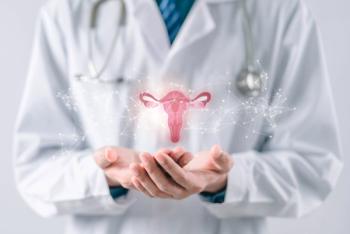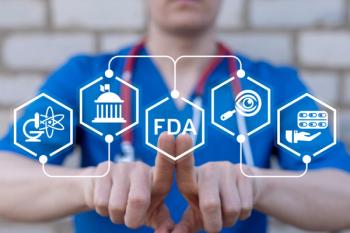
Thromboprophylaxis in pregnancy
Venous thromboembolism (VTE), which includes deep vein thrombosis and pulmonary embolism, is one of the most common, serious complications associated with pregnancy.
Key Points
Venous thromboembolism (VTE), which includes deep vein thrombosis and pulmonary embolism, is one of the most common, serious complications associated with pregnancy, and now ranks as a leading cause of maternal morbidity and mortality in developed countries.1 Information regarding the association of VTE with acquired and heritable thrombophilias and other high-risk conditions has greatly expanded during the last 2 decades, adding a new layer of complexity to decisions about thromboprophylaxis. In addition, updated guidelines regarding VTE and pregnancy have been published recently by the Royal College of Obstetricians and Gynaecologists (RCOG), the American College of Obstetricians and Gynecologists (ACOG), and the American College of Chest Physicians (ACCP).2-4 The objective of this review is to discuss which patients have a clinically important increased risk of VTE; of them, who needs thromboprophylaxis; and which management regimens to use in specific patient subgroups.
Mechanism of increased VTE risk in pregnancy
Pregnancy and the postpartum period carry an increased likelihood of VTE, with the frequency cited as 0.61 to 1.72 per 1,000 deliveries.5,6 Pregnant and postpartum women are thus approximately 4 to 5 times more likely to develop VTE than age-matched nonpregnant women.7 Although findings vary somewhat from study to study, roughly equal proportions of clinically apparent, pregnancy-related VTE events are diagnosed in the antepartum and postpartum periods.6 However, the frequency of VTE per unit of time (such as per week postpartum) is as much as 5 times greater postpartum than for the antepartum period.7
Newsletter
Get the latest clinical updates, case studies, and expert commentary in obstetric and gynecologic care. Sign up now to stay informed.










